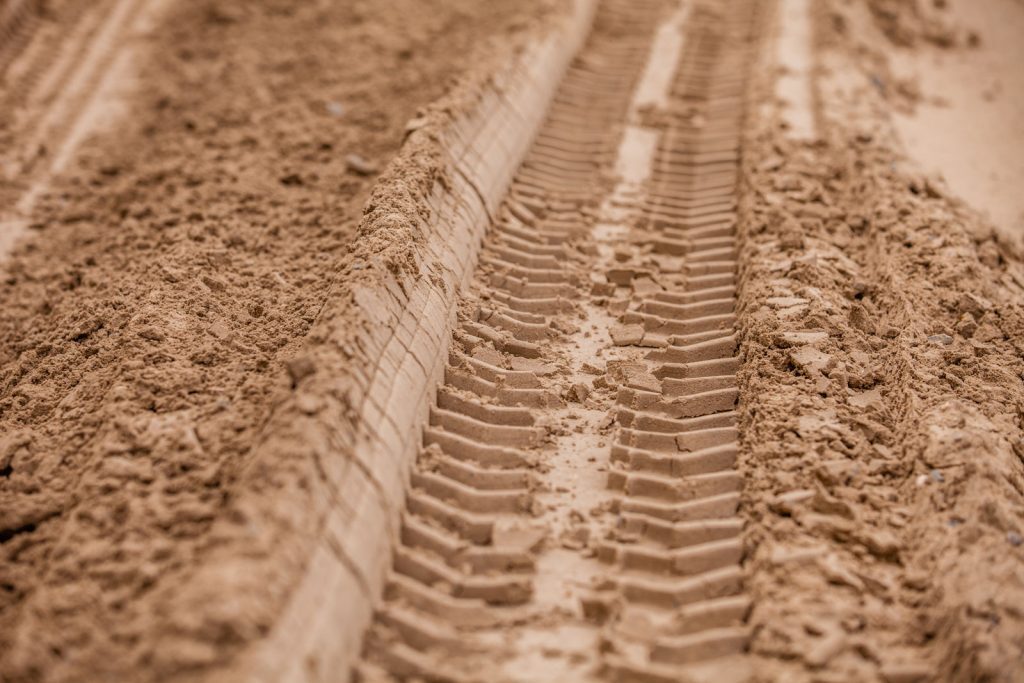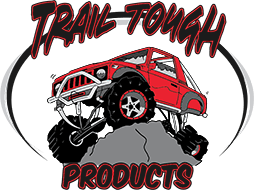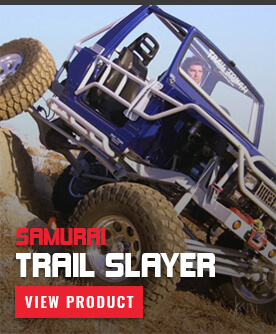Shock and Shock Mount Placement

There are some very important elements to consider when selecting and mounting shocks. Shock placement affects much more than just up and down motion of the chassis in relation to the axle. For this reason, on spring over applications we do NOT suggest leaning the tops of the rear shocks toward the center of the chassis. Firstly, leaning the shocks into the center of the vehicle is completely unnecessary and will not improve travel. What it DOES do, however, is place your chassis upon a peak at its center (like a teeter-totter) therefore, no side-to-side body roll or cornering oscillation can be effectively dampened ie; the weeble-wobble effect on uneven road surfaces. Secondly, most off-the-shelf shocks are valved 30% compression and 70% extension. This is why they should not be mounted on the FRONT of the rear axle housing where axle wrap compresses them with very little resistance or dampening as opposed to being mounted on the REAR of the axle housing where axle wrap creates EXTENSION of the shock and dampens some axle wrap motion. We would suggest mounting the shocks on the rear on the original upper mounts and mounting the bottom of the shocks about 1″ to 1 1/2″ in from the inner u-bolts and at the bottom level of the axle tube with about 2″ to 3″ of up travel. Contrary to popular understanding, this in NO WAY limits wheel travel in this circumstance and here inlies the reason we choose to use the Doetsch Tech 8000 Prerunner shock – which come with built-in bump stops right on the shaft. How this works is when a wheel is driven up onto an obstacle (remember that the wheel travels much more than the shock) the shock bottoms out on the bump stop. However, the wheel continues upward – the axle simply cantilevers around the shock and bump stop – and forces the downside wheel down. Therefore, the weight of the body and chassis is transferred more evenly toward the downside wheel providing much more balance and even tire contact pressure. When shocks and placement are not tuned in this way, the downside wheel simply hangs of its own weight less the resistance of the bowed spring instead of actually FORCING the downside spring to be bowed and the tire to be pressed on the ground. These same forces apply to the front as well. The front generally has MORE wheel travel than the rear. Therefore, shock placement on the front will be a little different than the rear. The upper shock mounts should be as high as possible in the front wheel well. (We cut off the original upper mounts and use the Ford-type shock towers to achieve this). The lower front shock mounts should be on the top of the axle housing – about 1/2″ in from the weld that attaches the knuckle ball to the axle tube. It also helps to have the shock eye approximately 1 1/2″ toward the back of the axle tube. This configuration keeps the shock from colliding with the spring and ubolt plate when the axle is at full twist – as would take place if the shock was mounted below the axle housing. Again, the shock length should be tuned so that there is approximately 2″ to 3″ between the shock bump stop and shock body when the vehicle is sitting flat on its own weight. Tune your shocks correctly in this way and you will end up with shock travel left over at full droop. Better balance, better traction, and fewer broken axles!

